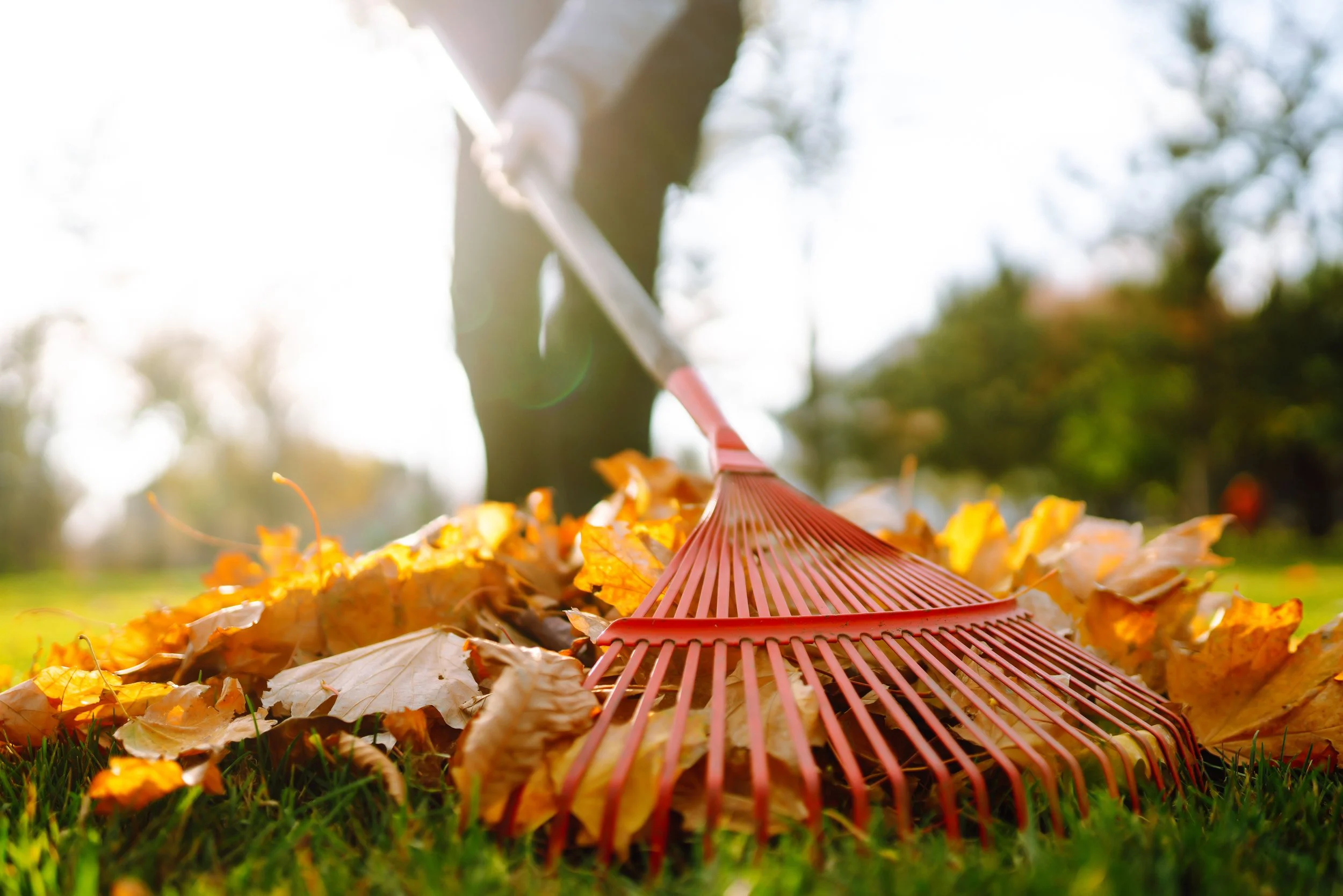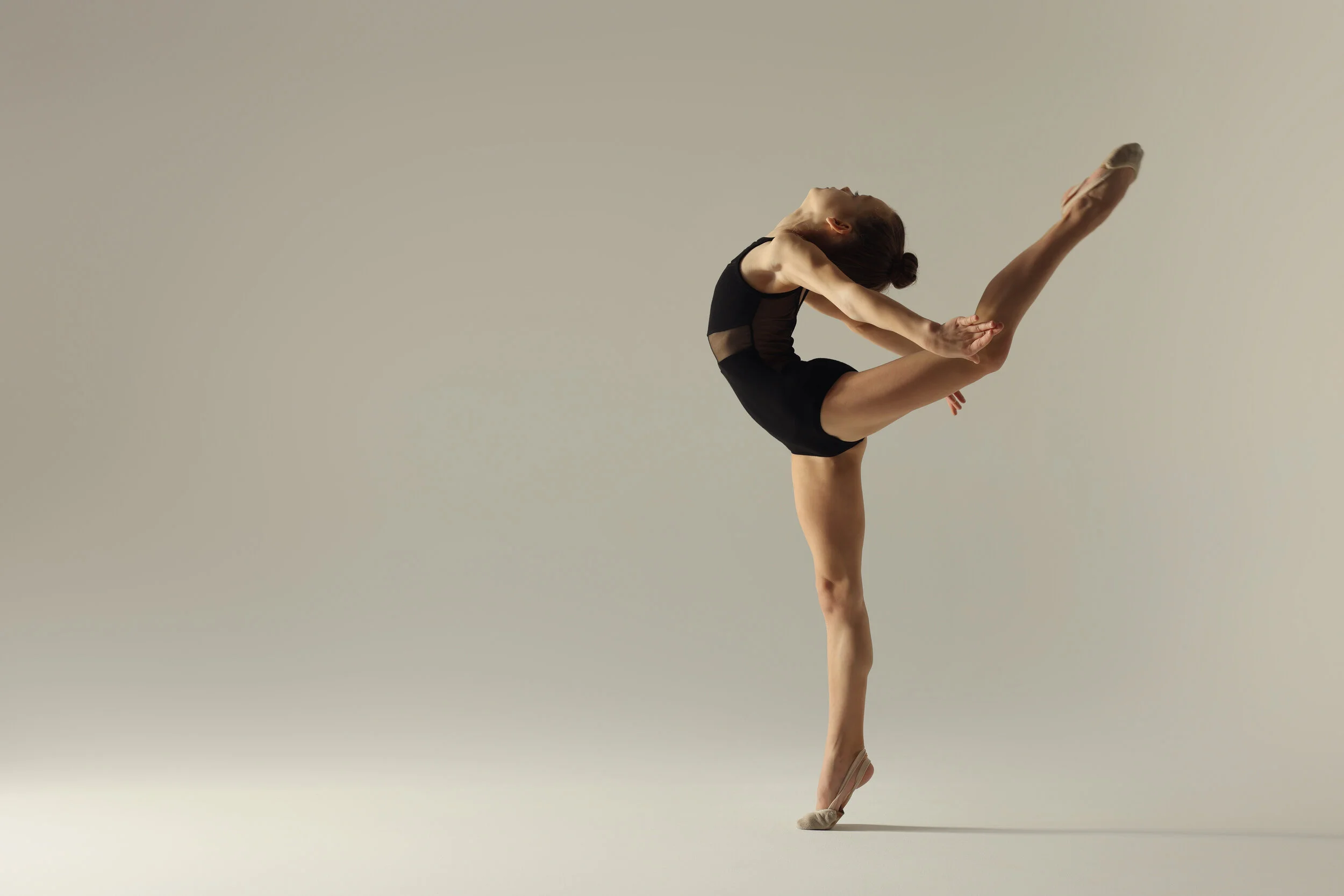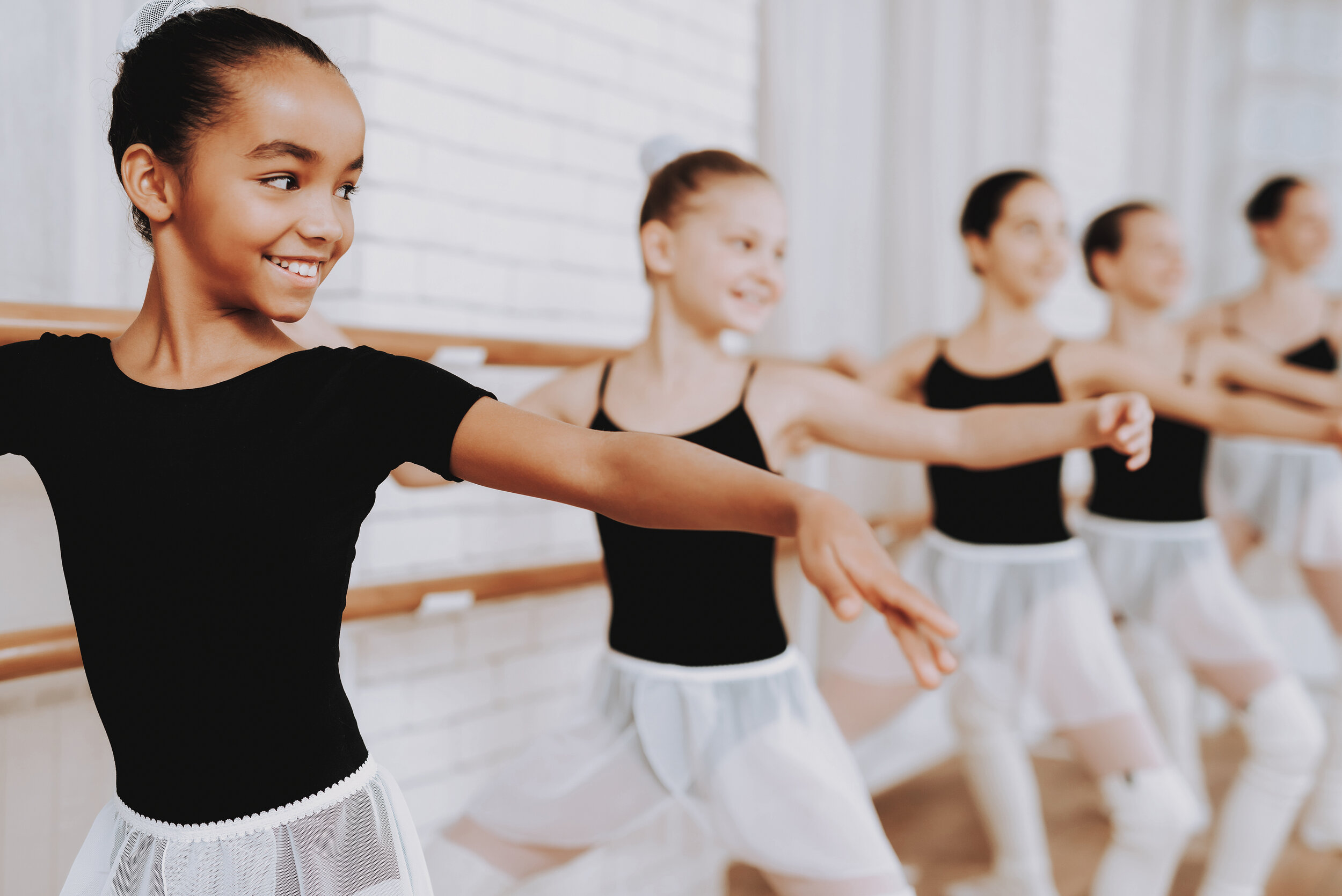Gymnastics is one of the most popular sports to watch in the summer Olympics. As a sport, it has been around since ancient times. It was introduced to the United States in the 1830's. There are now over 3,500 gymnastics clubs. Ten levels exist beginning with level 1. Competition begins in levels 2 and 3 at a very young age. The developmental levels range from 1-3, compulsary levels are 4 and 5 and then optional levels are 6-10, where the gymnast is no longer doing compulsary routines, according to Dr. Monique Burton, MD with Seattle Children's Hospital. Although there are seven different disciplines in gymnastics, artistic gymnastics is the form that is familiar to most people. The four events for females include uneven parallel bars, beam, vault and floor exercise. The events for males include floor exercise, pommel horse, still rings, vault and parallel bars.
En Pointe?
Many young ballet dancers dream of one day performing on stage. One of the essential elements of becoming an accomplished ballerina is that of being en pointe. Not every ballet dancer reaches the level of dancing en pointe, but many do. Questions regarding "When is pointe work safe?" and "What needs to be considered before beginning pointe work?" are commonly asked.
In general, ballet dancers should not begin pointe work until around the age of 12. Age alone is not the only determining factor as many other markers need to be met. There is a level of physiological maturity that needs to occur. Development can vary. In general, a young dancer who is in a pre-professional track with a ballet school will be groomed from the age of 8 or 9. There is a specific curriculum addressing flexibility and strength with appropriate progression. Proper technique instruction involving placement and pelvic alignment is taught in these classes. Usually, after 4 years of specific training and the addition of ballet classes to 3-4X/week, a young dancer will meet the criteria to begin rising onto her toes more safely….







